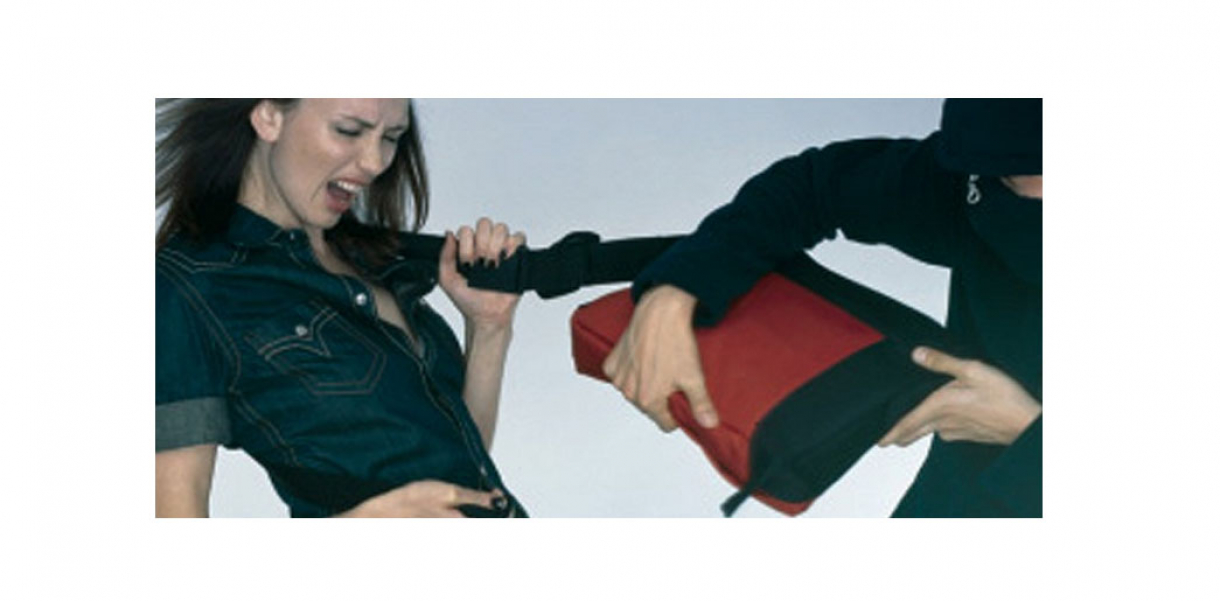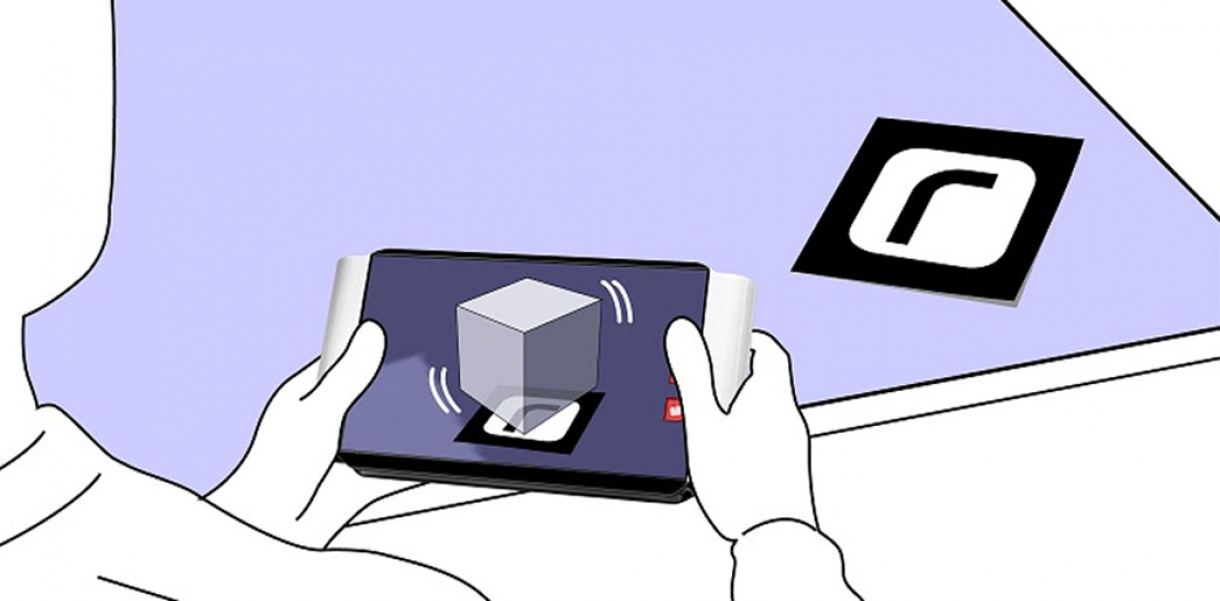Functionality and use of design:
Bags and accessories were designed to counter four most common techniques employed by street criminals: dipping, lifting, grabbing and slashing. Each design counters the threat most likely encountered by the targeted product user. I.e. shoulder bags have scroll tops to avoid dipping, backpacks are slash/ lift-proof, laptops are lift/ grab-proof.
- Lingerie-style belts and wristbands for securing/concealing mobile phones and other personal valuables.
- Laptop bag with inbuilt 138 decibel ‘snatch’ alarm
- ‘Scroll-top’ closure shoulder bag can’t be ‘dipped’
- ‘Slash’ and ‘lift’ proof record bag and backpack
How did this design improve life?
The Karrysafe range of bags and accessories were designed in response to a 60% rise in street crime in the UK in 2002. Much of this increase was associated with the theft of personal property including bags and mobile phones. Research shows that 80% of such crimes are opportunistic. Karrysafe aims to reduce the incidence of crime by reducing the opportunity for crime. The Karrysafe range addresses the modus operandi of bag thieves, providing product design solutions that ‘harden the target’ for thieves, making theft and attempted theft less likely.
Anti-crime design beneficiaries include
- Individuals -Users of the products – the general ‘carrying’ public
- Individuals - Opportunistic thieves – for whom reduced opportunities for committing crimes lead to reduced likelihood of getting a criminal record and negative life experience associated with criminalization
- Communities – Reduced incidence of crime leads to reduced fear of crime and associated increased enjoyment of neighborhoods
- Society – Reduced opportunity for crime leads to reduced necessity to police and prosecute perpetrators of crimes. Thus public funded resources; time, money and expertise are directed elsewhere within society.
Whilst we have not yet assessed the impact of these products as regards impact on street crime statistics, we can report that we have had much positive feedback from users and NO reports of incidents of theft of or from Karrysafe products.
Drawbacks of life improvement
None.
Research and need
The Karrysafe product range was informed by research generated by the DAC initiative at CSM, which is summarized in the CD Rom “In the Bag – Get Smart quick about bag theft, pickpocketing and street crime”, a design resource. This research identified the modus operandi of bags thieves and muggers and benchmarked best and worst practice as regards existing product provision. In addition to this background research the design process specifically utilized an iterative design model, whereby product prototypes where presented for review by a panel of stakeholders including police, architectural liaisons officers and crime prevention design advisors, designers, personal security NGO’s, victims and perpetrators (see www.karrysafe.com) including the Metropolitan police, Jill Dando Institute of Crime Science, Suzy Lamplugh Trust and staff and students at Central Saint Martin’s College of Art and Design.
Certain product user groups are representative of certain social demographics. Each user demographic was matched with their likely theft MO’s and the products targeted to them designed in such a way as to provide the necessary functionality to users whilst also providing necessary protection against their most likely threat MO’s.
Product prototypes where tested in reconstructions of theft event featuring primary MO’s and adaptations made where necessary in terms of both materials and designed functionalities.
Designed by
Adam Thorpe, Joe Hunter & Dr. Lorraine Gamman - United Kingdom






